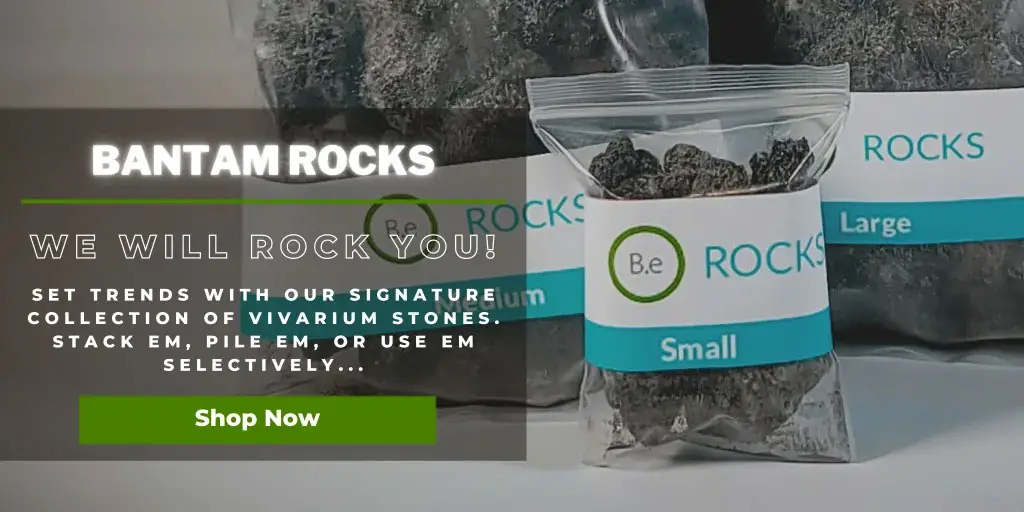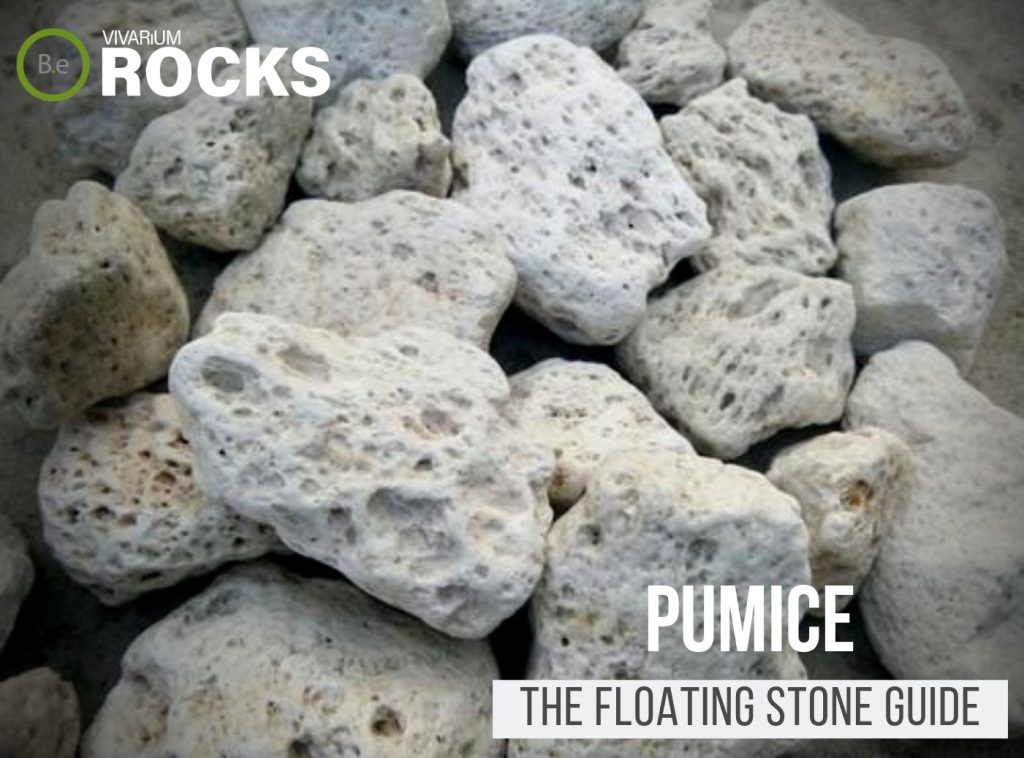River Rocks come in a variety of shapes, colors, and sizes.
Figuring out if rather or not they’re suitable for an enclosure can be confusing.
Regardless if you own a planted tank or saltwater aquarium, finding the right type of stones is very doable and can be essential to the longevity of your vivarium if done correctly.
This article will act as a complete guide and understanding of Riverstone.
Table Of Contents:
ToggleWhat Are River Rocks?
River Rocks are various stones that are naturally tumbled and polished by moving water.
The composition of the rock will depend on the parent rock it broke off from.
Other common names include Riverstone and Beach Pebble due to the location the stones are typically found in.
This type of stone can also be manufactured artificially where they are tumbled and polished by machines instead of erosion from water.


River Rock Facts
River Rocks are very popular stones in many industries.
This includes landscaping, construction, wellness, and most notably, the vivarium hobby.
Due to the availability of this rock-forming in water all around the world, it is relatively inexpensive to acquire and in some cases can be found for free.
River Rocks and Beach Pebbles can be any of the three types of stones identified today.
Sedimentary rocks like sandstones and limestones are types of riverstones due to the fact that they tend to weather away quickly under high water movement.
Metamorphic rocks like marble and schist are more common types of River Rocks that will take on a more rectangular shape in many cases.
Igneous rocks like basalt and granite are among the most common types of River Stones found in both a natural form as well as manufactured.
This is more than likely because they are the most resistant to weathering.
Description
River Rocks will vary in description depending on the parent stone it separated from and the amount of erosion water may have been able to do.
When the stones start at their point of origin (the area where the parent rock broke off), they are usually larger and more angular shaped.
As water erosion takes place, the stones begin to weather and take on a more rounded shape.
If the current is strong enough, rocks will travel, clash, and break into smaller pieces.
The more time and force water has to erode the rocks, the more circular they become.
The color of River Rocks will range across both ends of the color spectrum.
Since these rocks will typically travel along with the current of the water they form in, the colors will often be mixed and matched due to combining sediment of pebbles from different places of origin.
If iron oxide is present the colors brown, pink, or red will be found throughout the stone.
Yellow, brown, or orange will indicate a hydrated iron oxide is present within the rock.
Other colors like blue or purple are signs of manganese oxide and black is iron sulfate.
The texture of River Rocks will often be either smoothed and non-porous or semi-polished and slightly porous.
This is attributed to the parent rocks being more or less porous, to begin with.
Hardness will in many cases range between 6 and 6.5 making these rocks pretty tolerable to the high tumbling they go through.
The density of these rocks is generally between 2.65 and 3.00 grams per cubic centimeter also depending on the parent stone’s mineral composition.
Habitat
River Rocks that form naturally start off as jagged stones that break away from cliffs or mountains.
When they fall into bodies of water that are moving rapidly, they begin to tumble and form circular shapes.
This habitat usually consists of valleys with flowing streams or coastal lines where cliffs overlook ocean tides.
Smaller rocks may travel along the current continuing to round and smooth until they end up along the sides of streams, in river beds, or on the shores of beaches.
Artificially polished Riverstones are typically harvested from rock quarries where the smaller pebble is collected from broken boulders to be sold commercially.
These areas shouldn’t be used as a reference to aquascaping with River Rocks since it is a man-made phenomenon.
Furthermore, understanding the location that these pebbles are gathered from should be more of a guide to acknowledging the specific type of stone and if rather or not it is safe for an enclosure.
Environmental Influence
How River Rocks affect water chemistry will depend solely on the parent rock formed from.
Most stones marketed for aquarium use are inert and do not affect pH levels or water hardness.
Finding rocks outside around beaches or streams may have a level of impact.
If they are found on beaches they are more than likely composed of some level of calcite and will raise water parameters.
Rocks found near freshwater rivers are more than likely are ok but may contain clay minerals that will soften the water conditions.
Vivarium Preference
The various sizes that Riverstones come in make them accessible in ways only your creativity will limit.
Furthermore, using inert River Rocks can virtually go into any kind of vivarium. Smaller pebbles make a great substrate or drainage layer for terrariums that hold low humidity-dependent plants.
Larger boulder sizes should be used as a centerpiece or aid in keeping other hardscaping materials like driftwood stable.
Acidic-based rocks can provide healthy minerals to aquatic plants when used as a hardscape and aquarium gravel.
Hardwater enclosures are great environments for beach pebbles.
Advantages
When used correctly River Rocks have several benefits that can aid in plant growth as well as nourish the environment.
These stones will naturally weather over time as water continues to erode the rock.
The small amounts of minerals that will leech from the rocks will provide essential metals and other minerals plants can benefit from.
This works well when using Riverstones are a substrate topping in terrariums as well as gravel for aquariums.
Limestone-based River Rocks will provide calcium to invertebrates and coral in the saltwater tanks.
Disadvantages
Collecting River Rocks from the outdoors will present the potential hazard of possessing misidentified stones.
Having the wrong stones in an aquarium could be devastating for livestock.
Always do your best to evaluate and inspect the stones and run an alkaline test as well as place the rocks in a temporary tank just to be sure they’re inert.
Another minor issue, that may not be a problem in many cases, is that these rocks are not very customizable.
Meaning they’re too round to be stacked safely or combined to make a larger hardscape.
River Rocks do better as a substrate or simply laid out singularly.
Buy River Rocks
River Rocks are sold all over the market and are relatively easy to acquire virtually everywhere.
In some cases, you can even find these rocks outside around streams and beach shores.
Most found in local hardware and department stores are artificially polished stones mined from quarries.
To ensure you are collecting Riverstones that are suitable for any type of vivarium, I would recommend buying them from a reliable source that is selling the rock specifically for aquarium or terrarium use.
Click the image below to find out more about the current price and other relative info:
River Rock Recommendations
In many cases, River Rocks won’t need much preparation before going into an enclosure.
Furthermore, it is always best that they are all inspected and recleaned slightly before going into a tank that has inhabitants.
Check the rocks to see what type of rock has been acquired.
Based on the color as well as the sturdiness of the stone, you should be able to identify the possible minerals compacted into the formation of this rock.
Before placing this stone in any type of vivarium, soak the stone and do a visual assessment to ensure there are no pests or toxic minerals contained within the rocks.
As usual, clean the rocks to remove access dust or loose particles from the surface.
Cleaning River Rocks
River Rocks shouldn’t need a detailed cleaning like other stones typically would.
A light rinse would be enough to knock the dust and other loose debris from the pebbles.
Placing the rocks in a clean bucket of water after will ensure the rocks aren’t going to leech any discoloration you may have missed.
No bleach or other strong chemicals will be needed unless you have found these rocks outdoors and want to make sure no lethal elements might be hitchhiking.
Breaking River Rocks
There may be a circumstance that requires you to downsize the existing River Rocks before use.
This is a understandable case that will require a few tools to regain the polished appearance you started with but on a smaller scale.
Use a rock chisel kit or hammer to break the stones into smaller parts.
Once the desirable sizes have been obtained, repolishing will be needed to round off ridged edges.
Use a rock tumbling kit to aid in this part.
The result should be tinier River Rocks that would resemble exactly what would have naturally happened in the wild.
Stones Similar To River Rocks
When designing a new enclosure for the first time, it would be best to stick with one kind of stone to use as a hardscape.
Furthermore, this type of rock can be hard to come by depending on where you are located in the world.
If for any reason, you find River Rocks difficult to acquire or simply want to consider something different…
There are a wide variety of stones to consider.
Here are some other types of stones one might find are worth taking a look at in place of these stones:
Conclusion
My overall opinion about River Rocks is good.
I think they’re great for all level hobbyists and suitable for many types of vivariums.
Finding these stones outdoors can be fun and cost-efficient.
I just strongly recommend you do your research…
Don’t take from protected areas…
And thoroughly inspect and prepare rocks collected from outside.
These vivarium rocks come in many varieties and sizes making the potential to scape something unique limitless.
Hopefully, you now have a better understanding of these kinds of rocks after reading this article.
If you have any questions, feel free to let us know below!








